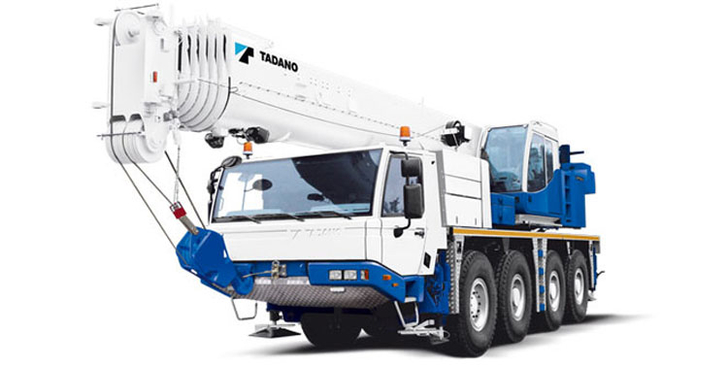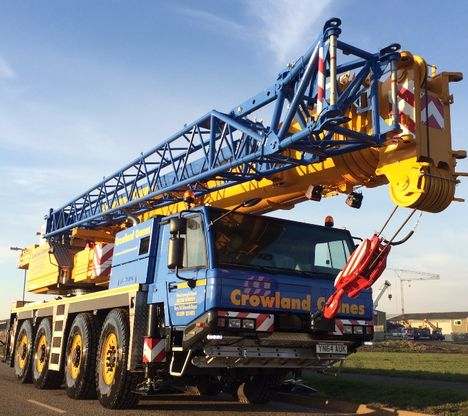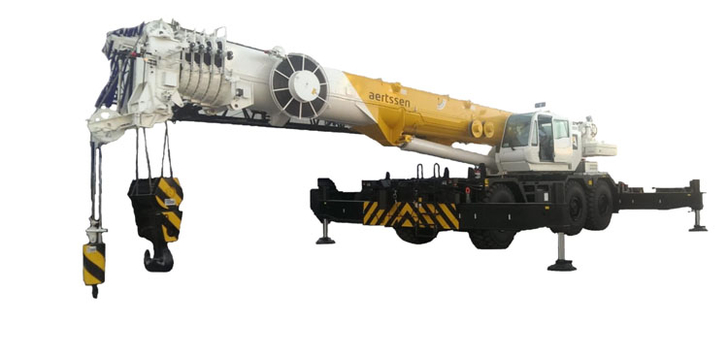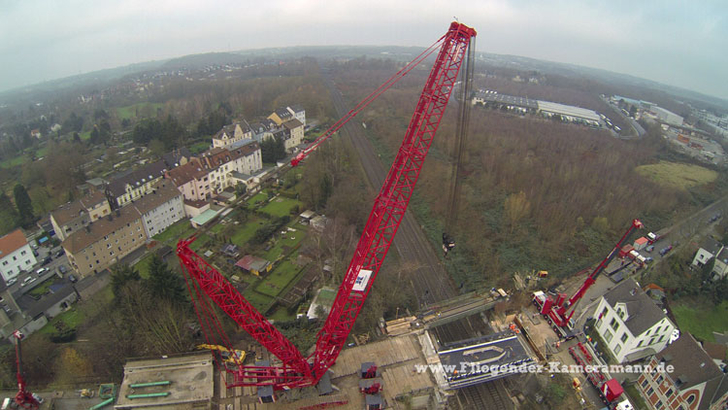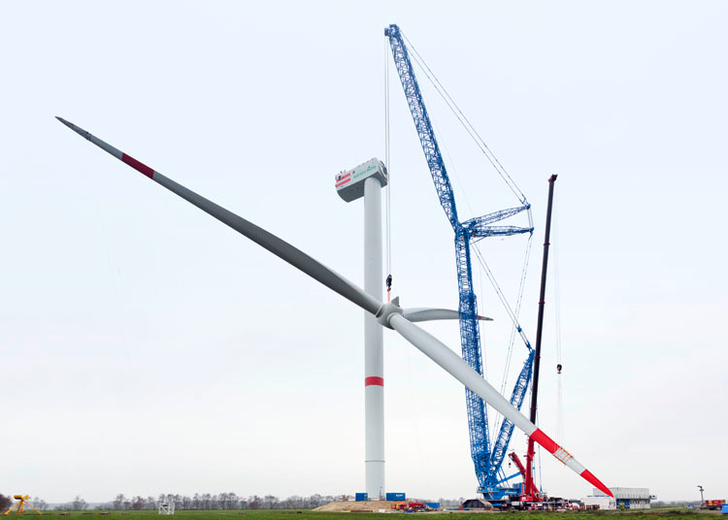Crane manufacturer Tadano has launched the ATF 100G-4 all terrain crane and an updated version of the ATF 70G-4.
The 100 tonne capacity ATF 100G-4 has a 51.2 metre boom and an 18 m boom extension. Its maximum working radius is 73 m. Vehicle length is 13.05 m and it has a transport weight of 48 tonnes where the 12 tonne axle load limit includes 6 tonnes of counterweight.
An asymmetrical outrigger base control is standard on the ATF 100G-4 and it has a flexible counterweight system to help meet axle load regulations. Power is from two Mercedes Benz Euro 4 / Tier 4 final engines in the upper structure and carrier.
The updated 70 tonne capacity ATF 70G-4 all terrain now has a 52.1 m main boom and is powered by two Mercedes Benz Euromot 4 / Tier 4 Final engines. It has 1.5 tonnes of additional counterweight, bringing its total counterweight to 16.5 tonnes. The crane can be operated within the 12 tonne and 10 tonne axle load limits. It is also fitted with an asymmetrical outrigger base control. Maximum working radius is 46 m and the vehicle is 12.55 m long, 2.55 m wide and 3.74 m tall.
